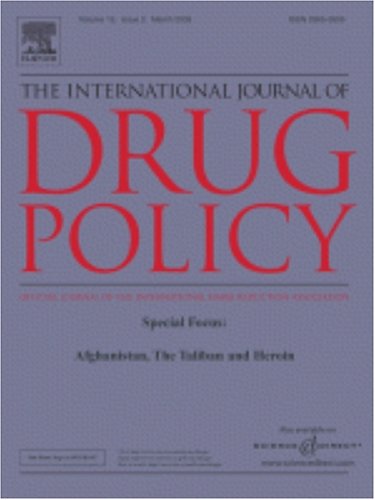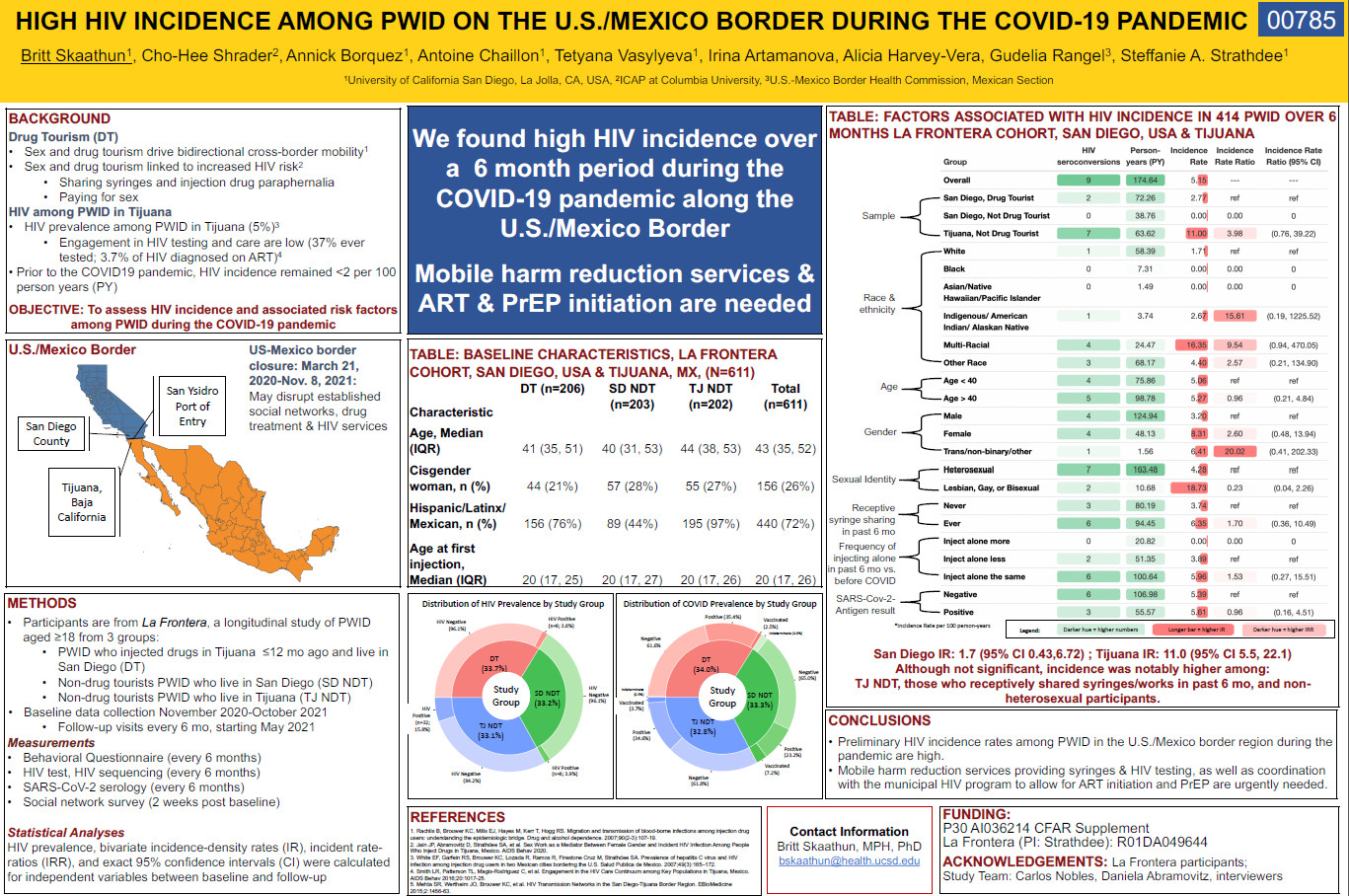Resum
Background: Studies of injection drug-using couples suggest a gendered performance of risk in whichmen exert greater control over drug use and render their female partners vulnerable to HIV infectionand other negative health outcomes. This study assesses gender roles in injection drug use as practicedamong female sex workers and their intimate male partners within a risk environment marked by rapidsocioeconomic changes.Methods: We draw on quantitative surveys, semi-structured interviews, and ethnographic fieldworkconducted as part of cohort study of HIV/STI risk among female sex workers and their intimate, non-commercial partners along the Mexico–U.S. border. This study employed descriptive statistics andinductive analyses of transcripts and field notes to examine practices related to drug procurement, syringesharing, and injection assistance among couples in which both partners reported injecting drugs in thepast 6 months.Results: Among 156 couples in which both partners injected drugs (n = 312), our analyses revealed thatwomen’s roles in drug use were active and multidimensional, and both partners’ injection risk practicesrepresented embodied forms of cooperation and compassion. Women often earned money to purchasedrugs and procured drugs to protect their partners from the police. Sharing drugs and syringes andseeking injection assistance were common among couples due to drug market characteristics (e.g., theuse of “black tar” heroin that clogs syringes and damages veins). Both women and men provided andreceived injection assistance, which was typically framed as caring for the partner in need of help.Conclusion: Our mixed methods study suggests that in certain risk environments, women are more activeparticipants in injection-related practices than has often been revealed. This participation is shapedby dynamic relationship and structural factors. Our suggestion to consider gendered injection risk asa nuanced and relational process has direct implications for future research and interventions.





